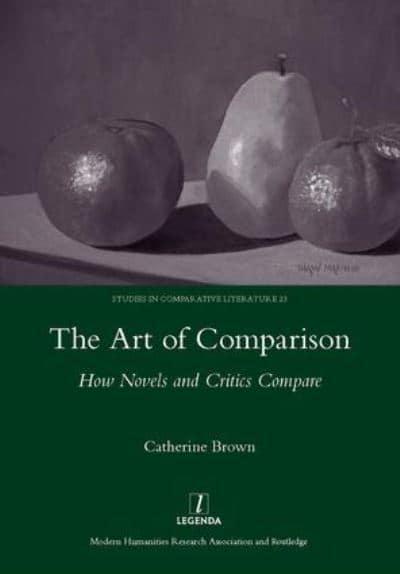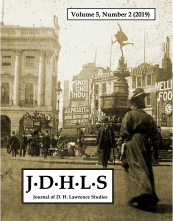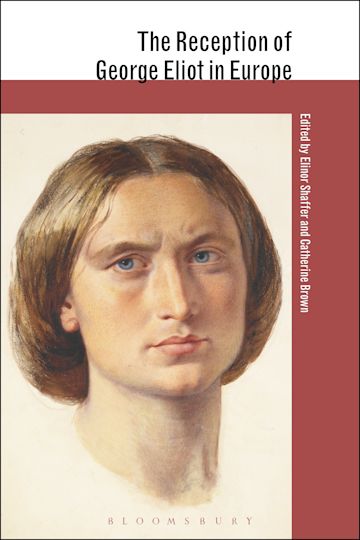The Art of Comparison: How Novels and Critics Compare (London: Legenda, 2011)
Comparison underlies all reading. Readers compare words to words, and books to all the other books which they have read. Some books, however, demand a particular comparative effort – for example, novels which contain parallel plot lines. In this ambitious and important study Catherine Brown compares Daniel Deronda with Anna Karenina and Women in Love in order to answer the following questions: why does one protagonist in each novel fail whilst another succeeds? Can their failure and success be understood on the same terms? How do the novels’ uses of comparison compare to each other? How relevant is George Eliot’s influence on Lev Tolstoi, and Tolstoi’s on D. H. Lawrence? Does Tolstoi being a Russian make this a ‘comparative’ literary study? And what does the ‘comparative’ in ‘comparative literature’ actually mean? Criticism is combined with metacriticism, to explore how novels and critics compare.


